W. E . B. Du Bois’s Data Portraits is the first complete publication of W. E. B. Du Bois’s groundbreaking charts, graphs, and maps presented at the 1900 Paris Exposition.
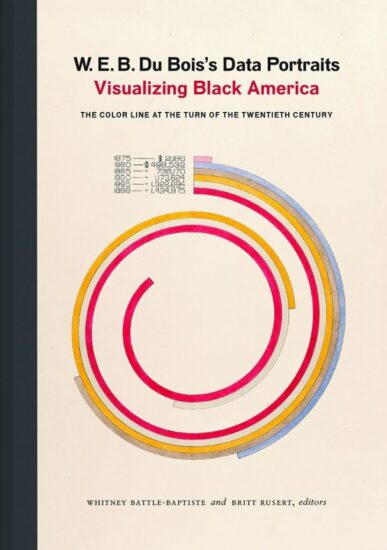 Famed sociologist, writer, and Black rights activist W. E. B. Du Bois fundamentally changed the representation of Black Americans with his exhibition of data visualizations at the 1900 Paris Exposition. Beautiful in design and powerful in content, these data portraits make visible a wide spectrum of African American culture, from advances in education to the lingering effects of slavery. They convey a literal and figurative representation of what he famously referred to as the color line, collected here in full color for the first time.
Famed sociologist, writer, and Black rights activist W. E. B. Du Bois fundamentally changed the representation of Black Americans with his exhibition of data visualizations at the 1900 Paris Exposition. Beautiful in design and powerful in content, these data portraits make visible a wide spectrum of African American culture, from advances in education to the lingering effects of slavery. They convey a literal and figurative representation of what he famously referred to as the color line, collected here in full color for the first time.
– Data display, visualizations, and infographics far ahead of their time
– Colorful graphs and charts are mesmerizing pieces of art in their own right
– A valuable companion to W. E. B. Du Bois’s The Souls of Black Folk
– Includes contributions from Aldon Morris, Silas Munro, and Mabel O. Wilson
W. E. B. Du Bois’s Data Portraits is an informative and provocative history, data, and graphic design book that continues to resonate with audiences today. [Publisher’s description]
ISBN: 9781616897062 | Princeton Architectural Press
Find more information in the articles below:
W. E. B. Du Bois’ Visionary Infographics Come Together for the First Time in Full Color by Jackie Mansky, Smithsonian Magazine (November 15, 2018)
This article details the pioneering sociology work of Du Bois and his team in creating data visualizations that explained institutionalized racism to the world.
How Did W. E. B. Du Bois’ Research Challenge Dominant Narratives about Black Americans During the Jim Crow Period? from the California History-Social Science Project
In this high school lesson plan, students analyze how events during and after Reconstruction raised and then dashed hopes that African Americans would achieve full equality, and examine the effects of the Civil War and Reconstruction and of the industrial revolution.
Learn more in the Zinn Education Project national report, “Erasing the Black Freedom Struggle: How State Standards Fail to Teach the Truth About Reconstruction,” and find teaching resources on Reconstruction below.

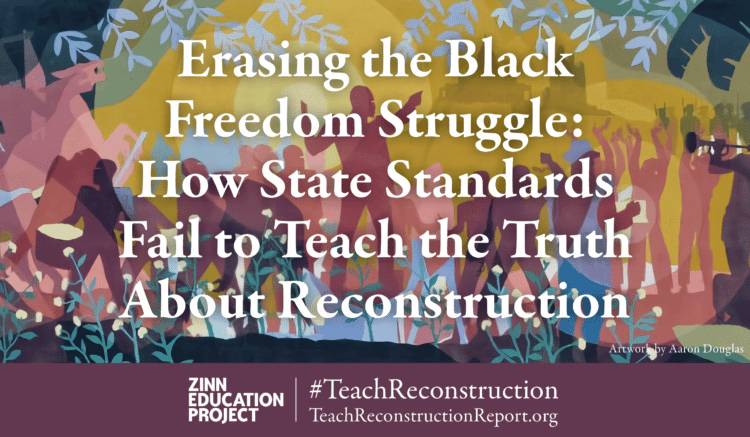

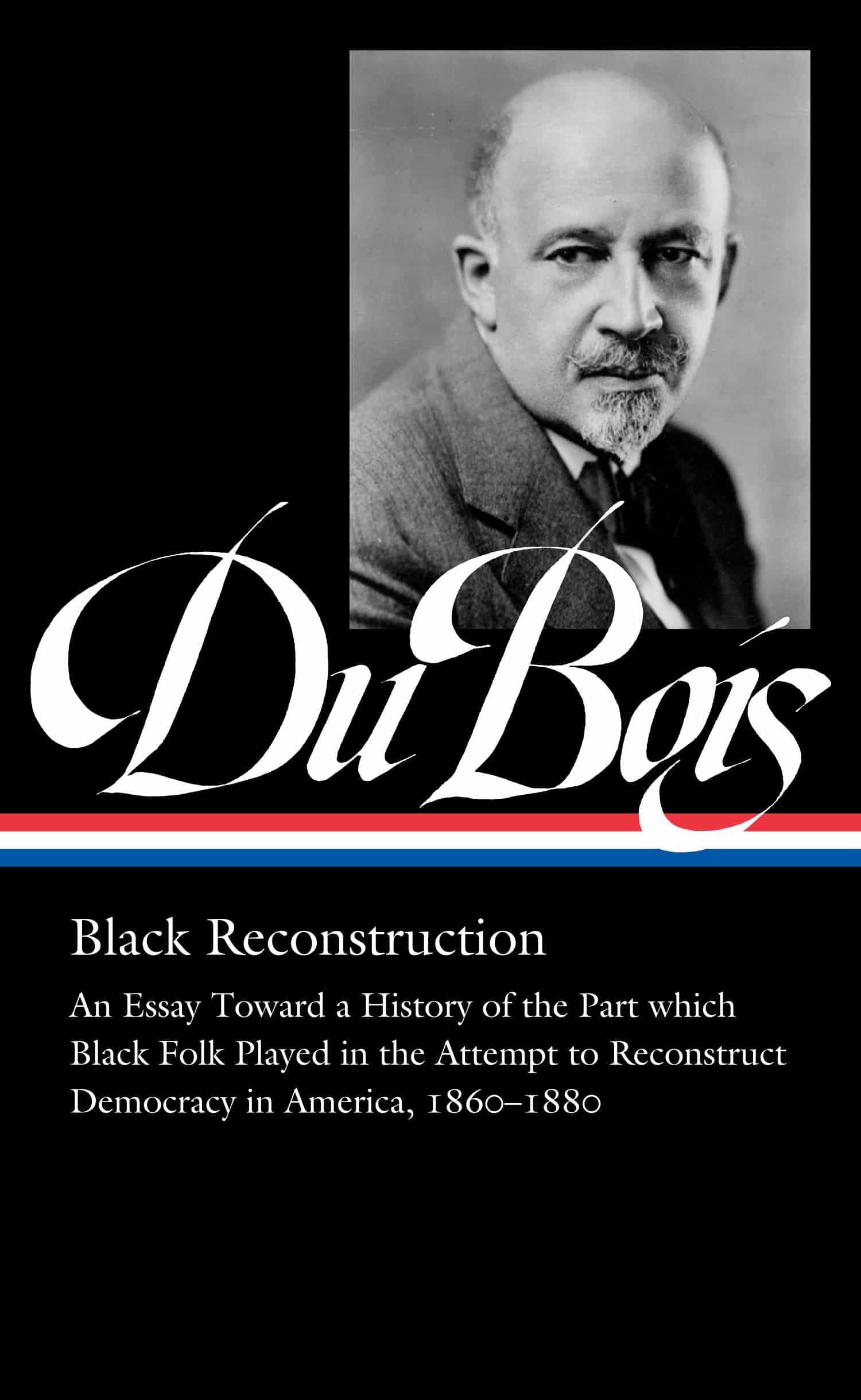
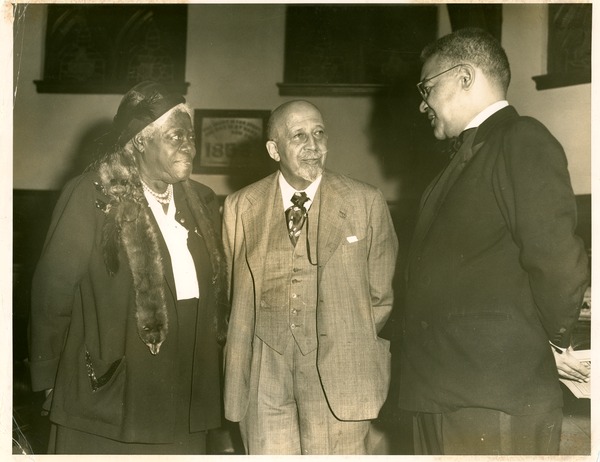
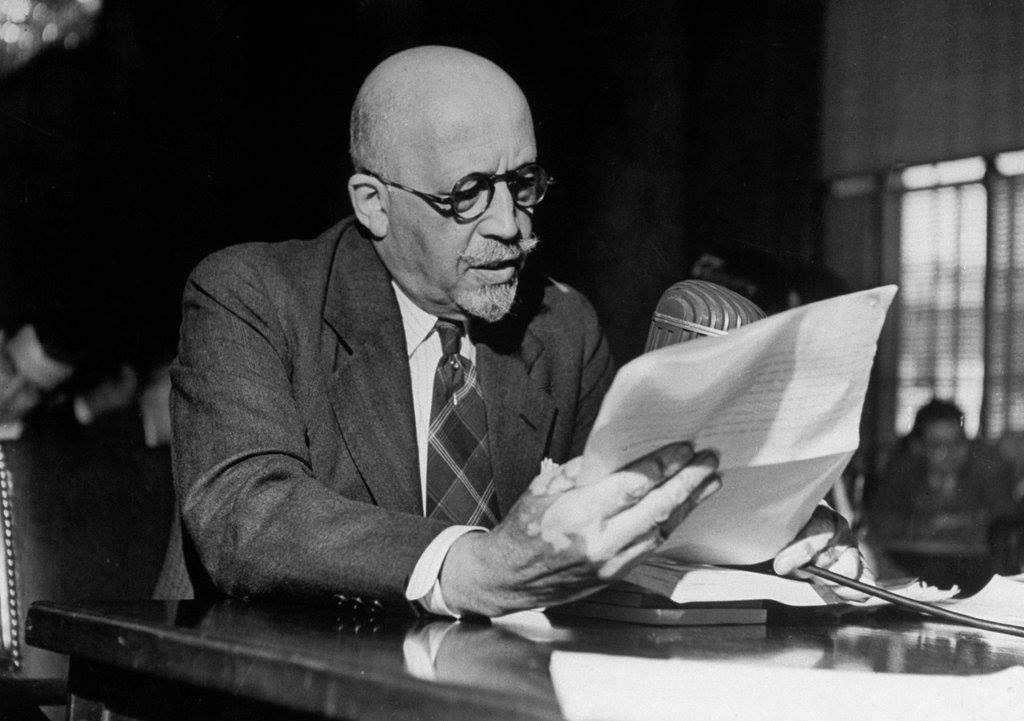






Twitter
Google plus
LinkedIn